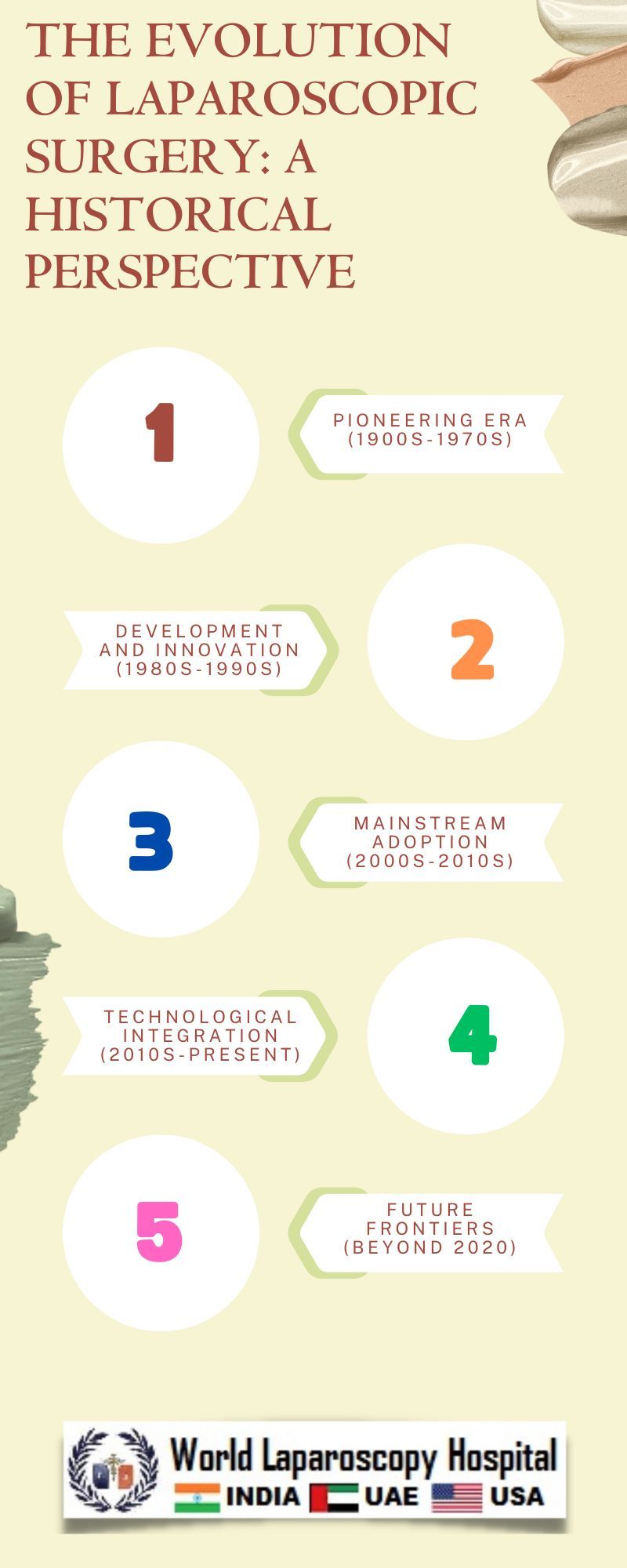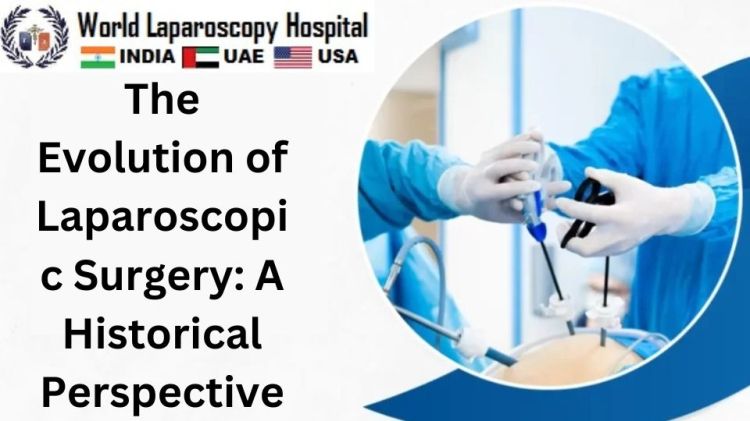Introduction:
Laparoscopic surgery, a revolutionary advancement in the field of medicine, has transformed the way surgical procedures are conducted. This article takes a historical journey through the evolution of laparoscopic surgery, highlighting key milestones and innovations that have shaped its trajectory.

The Early Days:
The roots of laparoscopic surgery trace back to the early 20th century when the first attempts at minimally invasive procedures were made. However, it wasn't until the 1980s that laparoscopic surgery truly came into its own. The pivotal moment occurred with the introduction of video technology, enabling surgeons to visualize internal structures in real-time.
Technological Breakthroughs:
The 1980s witnessed a surge in technological breakthroughs that propelled laparoscopic surgery into mainstream medical practice. Miniaturized instruments, such as tiny cameras and precision tools, allowed surgeons to perform intricate procedures through small incisions. This marked a departure from the traditional open surgeries, reducing patient trauma, minimizing blood loss, and expediting recovery.
Widespread Adoption:
As the advantages of laparoscopic surgery became evident, its adoption across various medical disciplines soared. Initially employed for procedures like cholecystectomy (gallbladder removal), laparoscopic techniques soon expanded to include gastrointestinal, gynecological, and urological surgeries. Surgeons embraced this less invasive approach, recognizing its potential to enhance patient outcomes and overall surgical experience.
Challenges and Innovations:
While the benefits were clear, laparoscopic surgery posed challenges, including a steep learning curve for surgeons and limitations in certain complex procedures. However, ongoing innovations addressed these concerns. Robotic-assisted laparoscopy emerged as a game-changer, combining the precision of robotics with the surgeon's skill, further expanding the scope of minimally invasive surgery.
Patient-Centric Advantages:
One of the driving forces behind the evolution of laparoscopic surgery has been its patient-centric focus. Reduced postoperative pain, shorter hospital stays, quicker recovery times, and minimized scarring have become hallmark advantages. Patients, in turn, have embraced these benefits, contributing to the widespread acceptance and demand for laparoscopic approaches.
The Present and Future:
As we stand at the intersection of technology and medicine, laparoscopic surgery continues to evolve. Advancements in imaging, artificial intelligence, and robotics promise to push the boundaries further, making minimally invasive techniques even more precise and accessible. The ongoing pursuit of improved patient outcomes and enhanced surgical methodologies ensures that the evolution of laparoscopic surgery remains a dynamic and exciting journey.
Conclusion:
The evolution of laparoscopic surgery represents a remarkable chapter in the history of medicine. From its humble beginnings to becoming a cornerstone in various surgical disciplines, this journey underscores the relentless pursuit of innovation to improve patient care. As technology continues to advance, the future holds the promise of further refinement, ensuring that laparoscopic surgery remains at the forefront of modern medical practices.
